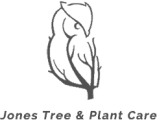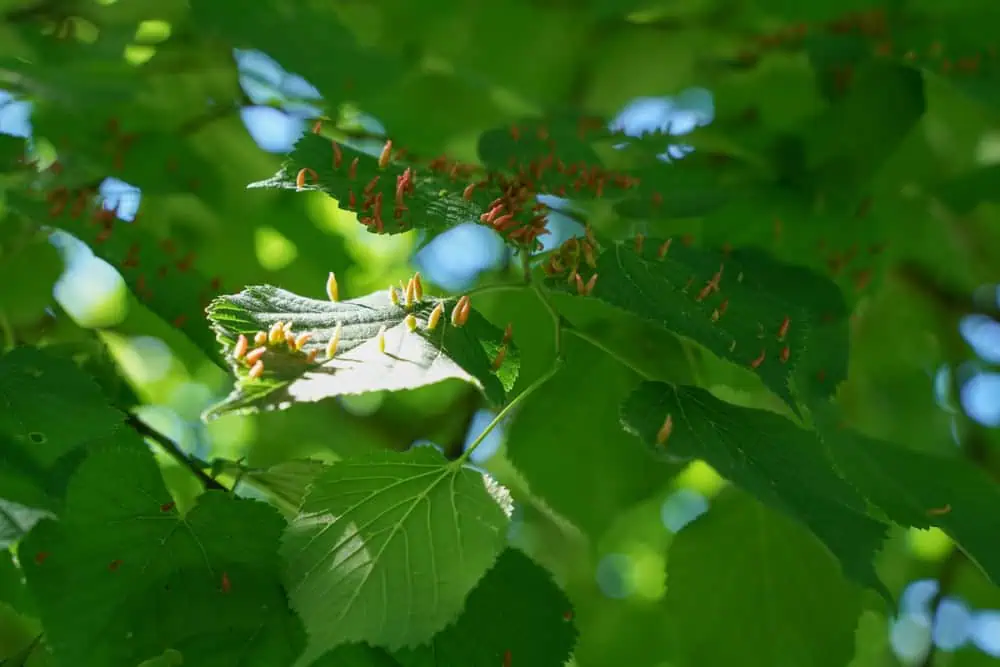Enhance your knowledge about common tree pests to ensure the health of your trees
The Importance of Tree Pest Identification
Recognizing the symptoms of a tree infestation is the first step in effective pest management. The signs of infestation can vary depending on the species of pest, but they often include visible damage to leaves, bark, or roots, or changes in the tree’s overall health and growth patterns. Early detection can mean the difference between a thriving, healthy tree and one that’s facing severe stress or even death. As experts in tree care, we at Jones Plant Health Care Corp emphasize the importance of timely pest identification for maintaining a vibrant landscape.
Common Tree Pests to Look Out For
There are several common tree pests that homeowners should be aware of. These include aphids, scale insects, bark beetles, gypsy moths, and emerald ash borers. Aphids suck sap from leaves, causing them to yellow and drop prematurely. Scale insects create tiny bumps on the tree’s surface as they feed on the plant’s sap. Bark beetles bore into tree bark, while gypsy moths and emerald ash borers feed on leaves, damaging the tree’s ability to photosynthesize. Each of these pests presents unique signs of infestation and poses distinct threats to tree health.
Effective Prevention Methods
Prevention is often the most effective method of pest control. Regular inspections of your trees for signs of pests can help catch infestations early. Encourage beneficial insects, like ladybugs and lacewings, which are natural predators to many tree pests. Maintaining the health of your trees by watering and fertilizing appropriately can also make them less susceptible to infestation. It’s also essential to prune infested branches promptly to prevent the spread of pests. The key is creating an environment that is unfavorable to pests but beneficial to your trees.
Approaches to Treatment
When prevention fails, swift treatment is crucial to minimize damage. Depending on the pest and the severity of the infestation, treatments may include insecticidal sprays, horticultural oils, systemic insecticides, or even tree injections. It’s important to consider the potential impact of treatment options on the broader ecosystem. At Jones Plant Health Care Corp, we take an integrated pest management approach, combining cultural, biological, and chemical methods to effectively and responsibly control pests.
When to Call in the Professionals
Recognizing when a pest problem has grown beyond what you can handle is critical. If your trees have extensive damage, if you’re dealing with a pest species that’s challenging to control, or if you simply want a professional opinion, don’t hesitate to call in the experts. Our experienced arborists at Jones Plant Health Care Corp can diagnose pest issues, recommend effective treatment strategies, and help you implement ongoing prevention measures to ensure the continued health of your trees.
Your Role in Tree Health Care
As a tree owner, your role in maintaining tree health is vital. Regularly inspect your trees, be proactive in your prevention efforts, and respond quickly at the first sign of pests. We at Jones Plant Health Care Corp are always here to assist with your tree health care needs, but your involvement in the process makes a significant difference. Let’s work together to protect our precious trees from damaging pests.


